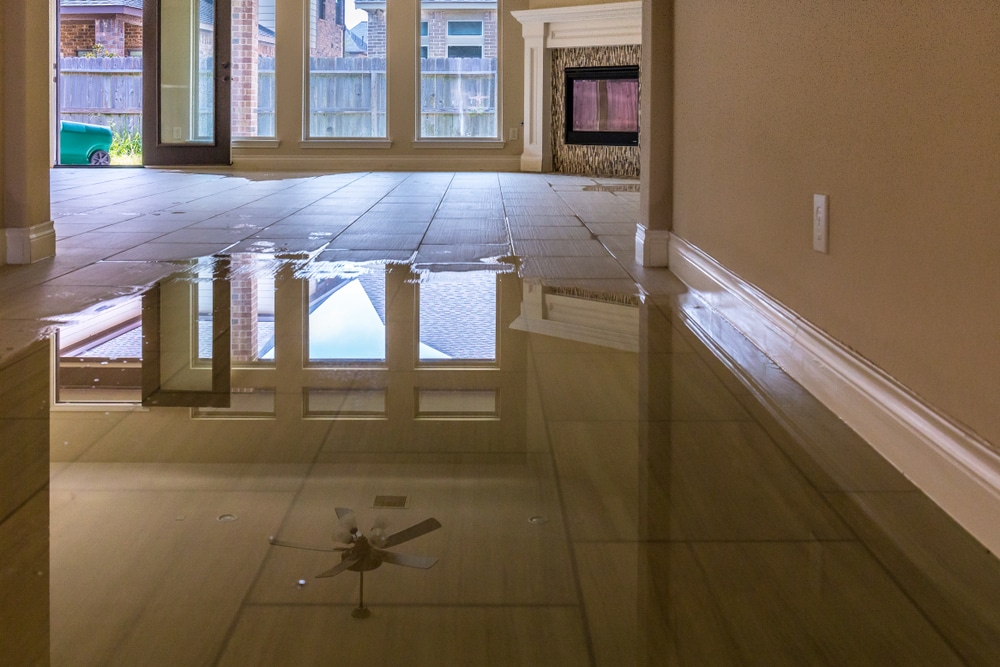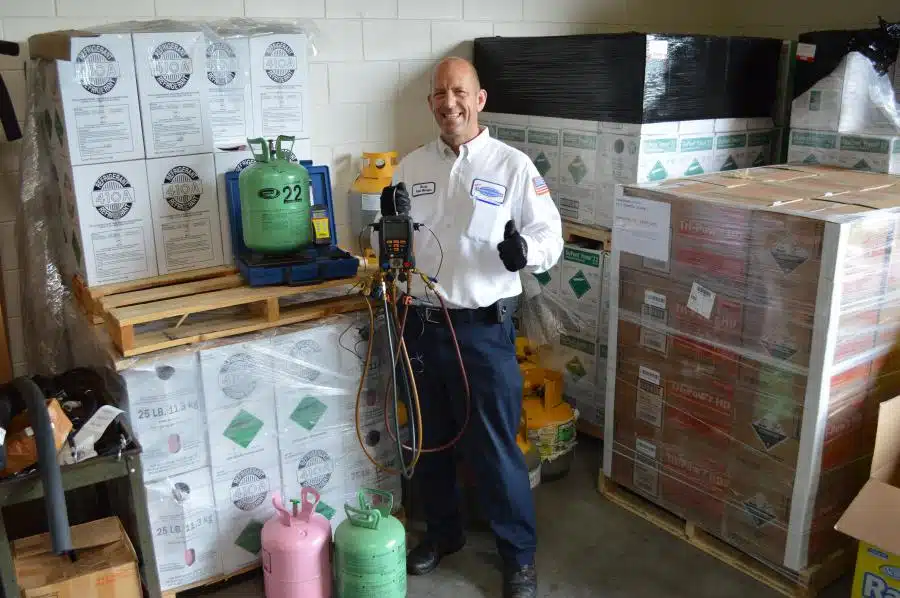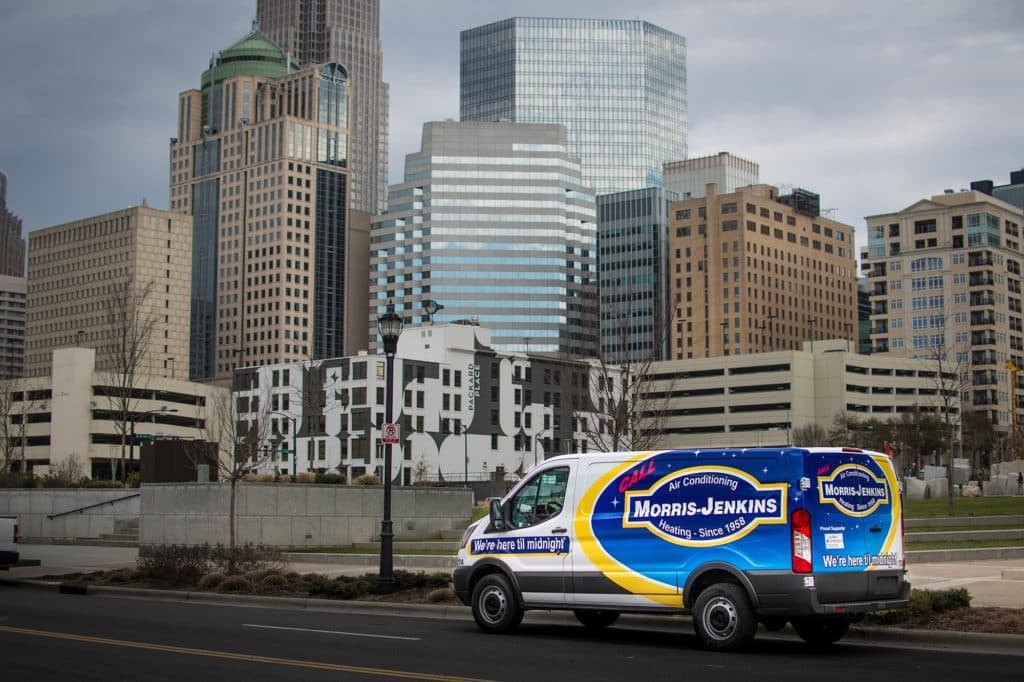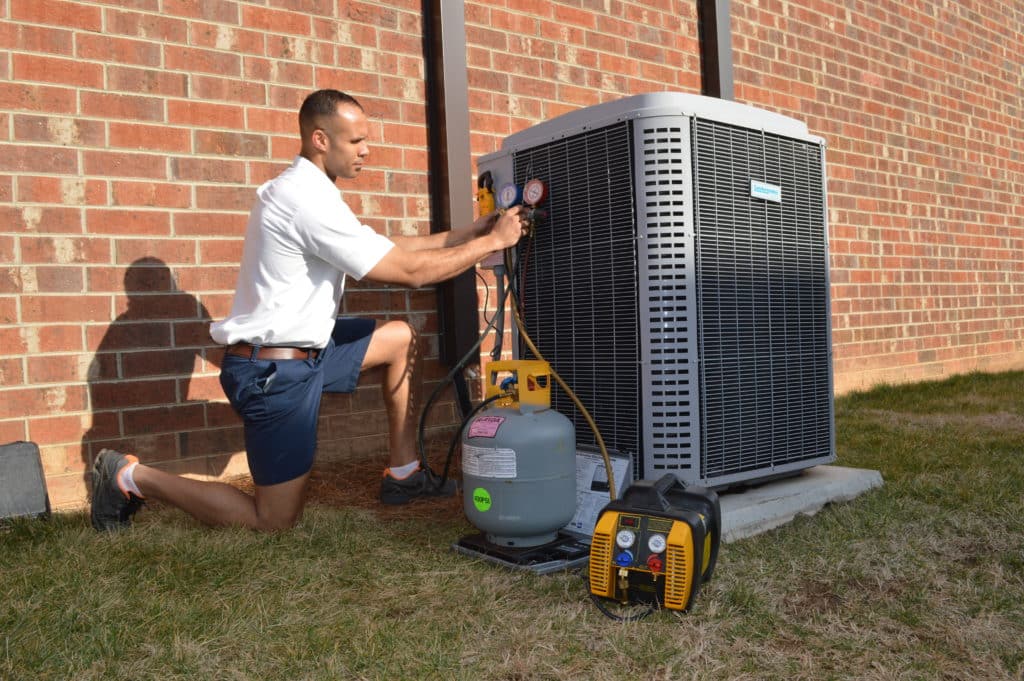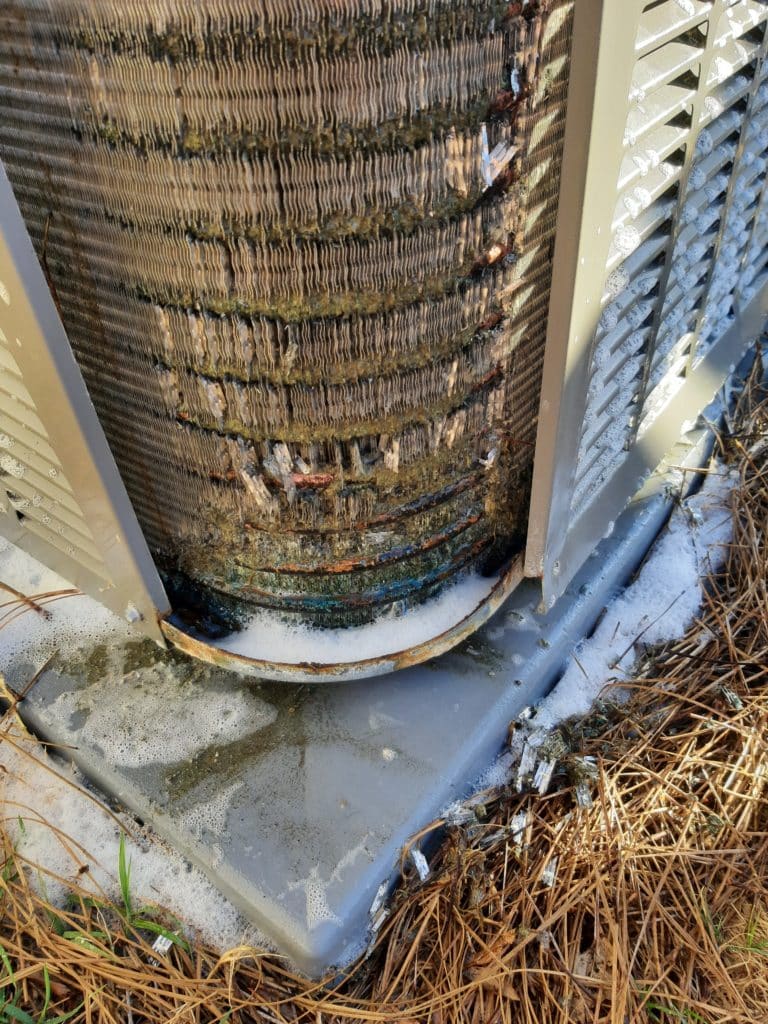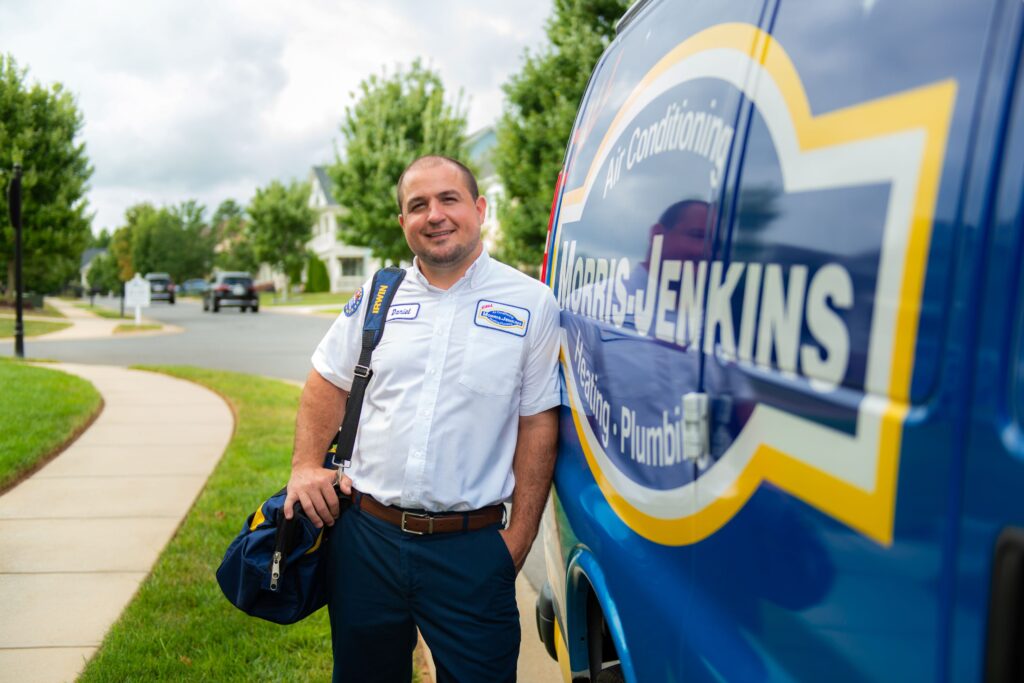We’re not gonna sugar coat it; some furnace problems are emergencies. There’s nothing fun about skyrocketing energy bills or feeling like you need to wear three sweaters just to survive inside your own home!
When things go wrong with your furnace, knowing what to do next can make a big difference. Take a look at some common furnace emergencies below and read some of the tips you need to keep your home cozy and your stress levels low.
No Heat
Waking up in a cold house is a nightmare. It’s not just about feeling chilly; pipes can freeze and burst, leading to even bigger problems.
The cause? It could be anything from a broken thermostat to a failed ignition system. Sometimes, it’s something simple, like a power issue, but other times, it points to serious internal damage. Either way, no heat isn’t something you can just shrug off and wait out.
How to Handle a Lack of Heat
First, make sure you check the thermostat. This seems obvious, we know, but it’s always worth double-checking. Make sure the thermostat isn’t set to “cool” instead of “heat”, or the temperature isn’t set too low. If everything looks right with the thermostat, move to the filter.
Filters usually need to be replaced every 1-3 months to keep things working correctly. A filter that needs to be replaced will look dirty, clogged, or discolored.
Still nothing? Take a quick look at your circuit breaker to make sure the furnace is getting power. If everything checks out with the power, we recommend calling us so we can take a deeper look. Your Morris-Jenkins tech will get to the bottom of the issue get things up and running again in no time!
Spike in Heating Costs
You open your energy bill, and suddenly, it’s a lot higher than it was last month. What gives?! A spike in heating costs could mean your furnace is working overtime to keep up with a hidden problem.
Maybe it’s struggling with clogged filters, worn-out parts, or even a failing blower motor. Whatever the cause, skyrocketing bills aren’t just a pain for your wallet—they’re also a sign your furnace isn’t running right. Left unchecked, this can lead to further wear and tear, making the situation worse.
What to Do About Rising Heating Costs
Heating bills causing you to do a double-take? Catching yourself looking at the numbers and thinking, “That can’t be right…”? Be sure to check your furnace filter first. If it’s clogged, your furnace has to use more energy to circulate air, which means higher costs for you.
Replacing it might help, but if your bills are still high, it could mean your furnace is struggling due to age, wear and tear, or a lack of maintenance. If you’re still seeing high energy costs when the next bill rolls around, reach out to a heating professional.
Leaks and Pooling Water
Any sign of water around your furnace should be an immediate red flag. Your furnace doesn’t need a swimming pool; if there’s water pooling, something’s definitely not right. Leaks can cause damage to your home, create a breeding ground for growth, and let you know something’s wrong with your system.
Even small leaks can turn into big problems if ignored, so it’s not the kind of thing you wanna put off dealing with.
How to Address a Leaking Furnace
With a leaking furnace, the first step is finding where it’s coming from. The hope is it’s something as simple as a blocked condensate line or a disconnected drain tube—issues that are usually easy to resolve with a quick furnace repair. However, if the water is coming from the furnace itself, it could mean a bigger issue, like a failing internal part or a cracked heat exchanger.
Any water-related problems with furnaces should always be left to the professionals. We don’t want the problem to get any worse or result in long-term damage that could impact your safety. Your Morris-Jenkins technician will know exactly how to get things back on track without the guesswork.
Carbon Monoxide Detector is Going Off
This is the kind of furnace emergency you hope you never have to deal with. If your carbon monoxide detector is sounding the alarm, it means there’s a potentially life-threatening issue with your furnace.
Carbon monoxide, an odorless and colorless gas, can escape if there’s a cracked heat exchanger or ventilation issue. Exposure to even small amounts can cause symptoms like headaches, dizziness, and nausea, while higher levels can be deadly. If your detector goes off, it’s not something to second-guess.
How to Handle a Carbon Monoxide Leak
First things first; get everyone out of the home. Carbon monoxide is dangerous, and there’s no time to waste when your detector goes off. Once everyone is safe, call emergency services to report the issue.
Don’t try to investigate the source of a carbon monoxide leak yourself — leave it to the professionals.
Changes With the Pilot Light
Steady and blue — that’s what you wanna see when you look at your furnace’s pilot light. Anything else, whether it’s a different color, flickering, or completely gone, is a sign of serious trouble.
Pilot lights are in charge of igniting the burners that heat your home, so if there’s an issue, your furnace won’t be able to do its job. Along with changes to the pilot light, you’ll probably feel like your home is a lot cooler than it’s supposed to be
Addressing Pilot Light Changes
This one’s tricky. There are so many potential causes, from dirt buildup and blocked airflow to a malfunctioning thermocouple. And since the pilot light is tied to your home’s gas system, it’s not worth taking any chances.
Working with gas and flames is far from a DIY project. We wanna keep you safe, and that starts with calling Morris-Jenkins to keep your furnace working right.
Furnace Emergency? Call Morris-Jenkins
Know you’re not alone when furnace emergencies strike. As isolating and stressful as it can feel, help is closer than you think! Morris-Jenkins has deep roots in the Charlotte area and we’re proud to be the team your neighbors call.
Give us a call today to schedule furnace services throughout Charlotte, NC, and the surrounding area. We’re here til midnight to get the heat back up and running again.

